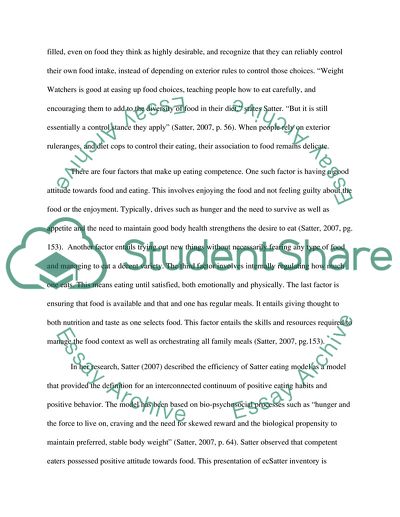Cite this document
(“Eating Behaviour and Dietary Quality in College Students Thesis”, n.d.)
Retrieved de https://studentshare.org/health-sciences-medicine/1654364-see-uploaded-file
Retrieved de https://studentshare.org/health-sciences-medicine/1654364-see-uploaded-file
(Eating Behaviour and Dietary Quality in College Students Thesis)
https://studentshare.org/health-sciences-medicine/1654364-see-uploaded-file.
https://studentshare.org/health-sciences-medicine/1654364-see-uploaded-file.
“Eating Behaviour and Dietary Quality in College Students Thesis”, n.d. https://studentshare.org/health-sciences-medicine/1654364-see-uploaded-file.


